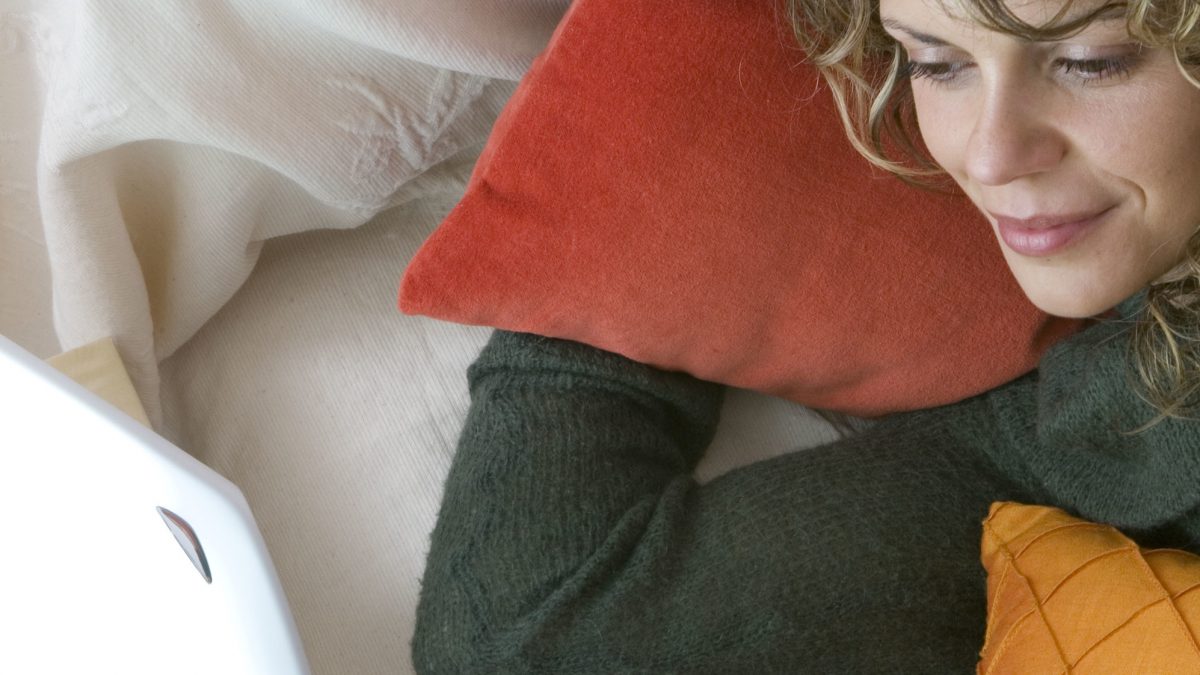Light Therapy
{A Written Practice}
Light Therapy
Let the sun shine in
The San bushmen, widely considered by nature connection experts to be the most nature-connected people in the world, are outside 100 percent of the time. Those living in accord with their intact aboriginal culture do not seem to have mental illness. Americans, by contrast, are outside 7 percent of the time. Yes, you heard that right. We are far from being free of mental illness.
What we began talking about here is specifically for people who do not have access to the sun, either because it is winter and you work in an office building, or because you live in a place where it rains all the time, or some other similar reason. In the medical lexicon, seasonally-correlated depression is known as Seasonal Affective Disorder (SAD): an exemplary acronym. A light box to treat SADness will be specifically designed for this purpose. It will emit at least 10,000 lux of light intensity with a frequency that mimics sunlight, and will emit as little UV as possible. You can buy one online for fifty bucks. Do not substitute a tanning lamp. The specific frequency of the light is important. If you have other mood conditions, such as Bi-Polar Disorder, consult a licensed healthcare professional before purchasing a light box. The general recommendations are that you utilize it in the morning, within the first hour of waking, from a distance of 16-24 inches, for about twenty minutes, and that you do not stare directly into it.
As I sat staring at this text, it occurred to me however that it was of critical importance to remind a modern audience of the curative power of the source of light that the lightbox is imitating. Sunlight is a nutrient. For plants, this is obvious, as their photosynthetic process that turns carbon dioxide into oxygen is driven by the sun. Yet we too, four-leggeds, are nourished by sunlight, and it is the lack of this nourishment that causes seasonal affective disorder. There is sun bathing, as practiced in the modern world, a synonym for tanning, but there should be also sun bathing, a synonym for forest bathing, to indicate simply resting into the sunlight. Have you ever noticed that, lying on a beach in your bathing suit, you can feel the light entering your whole body? Did you know that a baby inside its mother's womb blinks its eyes when light shines on the mother’s belly? We think of the skin as opaque–at least I do–yet the light penetrates us. It enters the body. There is something about giving it the chance. Go outside, in the sunlight, and let it touch your skin. Meditate into the light. Meditate on the sensation of the skin drinking the light. Let it enter into you. Ask yourself, What is the light? Meditate on its properties. Meditate on how it makes you feel. We have the practice of watching the sunrise, which is known ancestrally to, among other things, restore hope. Let the sunshine, let the sun shine in.
Related Practices:
See Watch the Sunrise. For other elemental practices, see Stand Outside in a Storm. See Rock Your World. See Moon Phases. See Stargazing.Photography: | Licensed from Pexels.com, used with permission.


